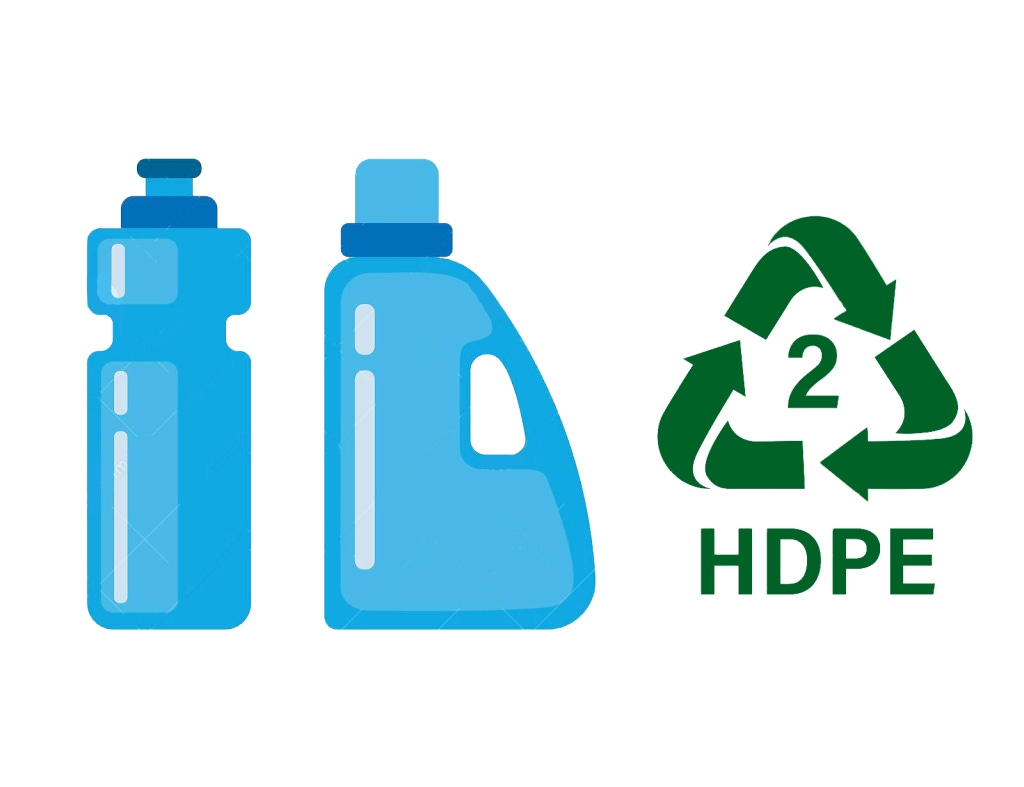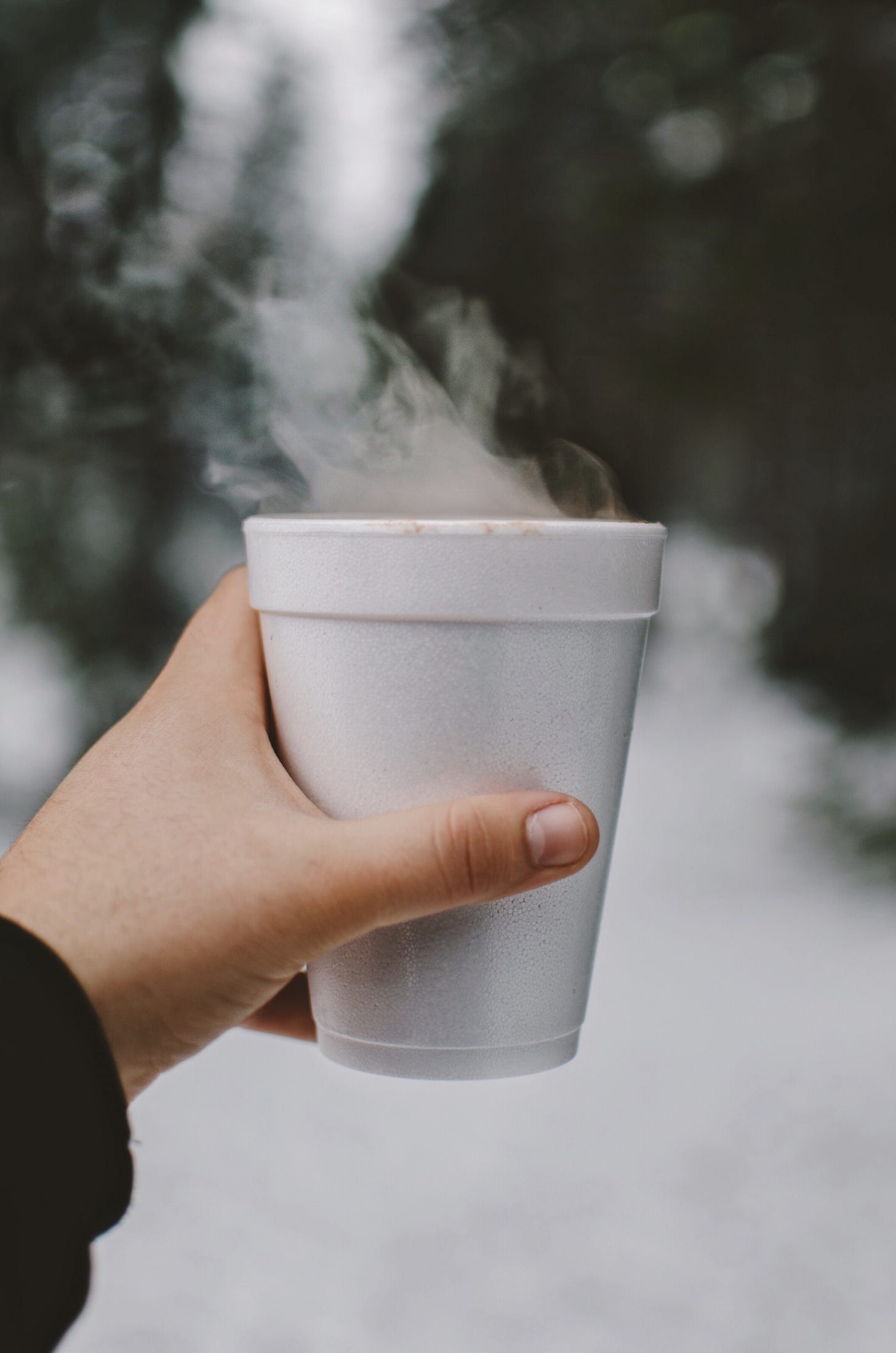Is plastic a problem or a solution?
Before judging the plastic, why don't we get to know it better?

Plastic, made its first appearance some 162 years ago and since its inclusion in our history it came to be the almighty savior, in fact, if it had been called the Jesus Christ 2.0 back then (of materials at least), many would not have minded it, something that I doubt very much is the opinion nowadays.
Since then, it has had a strange transition. From being a total hero to being demonized over the years, to then being considered a villain because of the environmental consequences of its unbridled use.
But aren't we blaming Frankenstein instead of the real guilty man, Dr. Frankenstein?
To do justice to this beautiful, innovative, and unique invention, the transition from hero to villain should be turned 360° to Villain-Hero, as in its genesis. However, before explaining why for the Reduce Entropy team plastic is what Messi is for Argentines, we must understand what exactly plastic is and what its types are.
The birth of plastic
Plastic was discovered during the 19th century, in the year 1860, when a solution was being sought to replace the billiard balls, which at that time were all made of ivory, a material that was extremely expensive. For this purpose, a contest was held and whoever came up with the solution would have been the winner of some 10,000 dollars.
The 18-year-old John Hyatt, who invented celluloid, participated in this competition, but he was not the winner. But he laid the foundations of what a few years later would end up being a revolutionary material. Besides, his little experiment ended up being fundamental in the development of the film industry. Which I consider being consolation enough.
It was not until 1907 that Leo Baekeland continued Hyatt's experiment and came up with Bakelite, a heat, water, and acid-resistant product. Baekeland's experiment is considered to be the first thermosetting plastic. Since then it has been used in everything from vehicles and cell phones to computers, household components, and tools.
In fact, it would be easier to make a list of things that do not contain plastic.
The creation of the perfect material
But among all its amazing characteristics, plastic has one that surpasses all others and makes it the Lord and Master of all materials: it is TOTALLY RECYCLABLE. At least technically.
Despite our hard work over the years, only 8% of the plastic created is being properly recycled. By itself this figure is alarming, but it gets worse when we put it into flat numbers. To be as accurate as possible, some 661,386,786,555 pounds are created annually, of which some 608,475,843,630 pounds are not used.
Obviously, to try to divert this bad route we are taking we must not only recycle all the plastic but also accompany it with the other 2 members of our Holy Trinity: Reuse and Reduce.
Only 8% of plastic is being properly recycled.
Anyway, to understand the process of recycling plastic, we must first talk about the types of plastics that exist.
How to recognize the types of plastic?
Going to the basics, there are two types of plastic: thermosetting plastic and thermoplastic.
We’ve seen both types everywhere: thermosetting is the plastic that is characterized mainly by its hardness but has only one flaw, it can only be used once. When creating an object with this type of plastic, it is impossible to treat it to try to mold it into other products, more than anything else because the heat treatment is more than melting, it burns.
Failure that in these times where we tend to the Circular Economy and the reduction of pollution. Some examples of thermosetting plastic are:

On the other hand, we have thermoplastics, which, unlike thermosets, can be treated, heated, and molded into totally different objects.
Fortunately, at least 80% of the plastic we generate and use is thermoplastics.
Thermoplastics are further subdivided into the following types of plastics:
PET (polyethylene terephthalate).
It is a generally transparent plastic of good hardness. You will recognize it because most plastic bottles are made of it. Another of its important characteristics is its lightness, and impact resistance but it is not very resistant to heat.
HDPE (High-Density Polyethylene)
This is most commonly seen as a container for food and beverages, soft drink caps, toys, cosmetics, and chlorine containers. It is an inexpensive plastic with high chemical resistance but low UV resistance. It is also commonly seen in wrapping paper and pipes.
PVC (Polyvinyl Chloride)
This plastic is one of the most difficult to recycle and to transform into other products, in fact, it is not recommended because it emits harmful gases such as hydrogen chloride and dioxins when heated. In the same way, it is used at the industrial level for its good chemical resistance and its hardness. It is mostly used in pipes, fake leather, seals, and as an insulator for cables.
PVCs can be recognized by the ♻️3, but they are also slightly easier to identify by the eye.
LDPE (Low-Density Polyethylene)
This is seen in most places but has the disadvantage that it is not recyclable in all countries due to its lightness. Some products made from this type of plastic are plastic bags and bottles. It is chemically inert and flexible. Products made from LDPE are labeled with the symbol ♻️4, although unfortunately, they do not always carry it.
PP (Polypropylene)
PP is one of the most widely used plastics on the market. It is quite strong and resists high temperatures. Its symbol is ♻️5.
PS (Polystyrene)
It is better known as styrofoam, but it can be used to create many other products. It can be recycled but not in all centers because it’s correct recycling requires a lot of energy. Like PVC it is relatively easy to identify, but just learning the ♻️6 that belongs to it is enough.
I hope this description helps you to better identify each type of plastic, however, there is something to keep in mind. Knowing these plastics is important, but before collecting them for recycling you should do your own research because not all collection centers receive the same materials and it will depend on your geographic location. Remember to wash your plastics well and let them dry before taking them to your favorite recycling centers.
PS: This post has been inspired almost 100% by the very complete Parley x Precious Plastic course, which I'll be talking about later😉. But for now, if you're interested in learning more, sign up on their website and enjoy their complete course on plastic recycling.
Until we meet again,
.
.
.
Jr Nicolas from A Troubled World🌎








